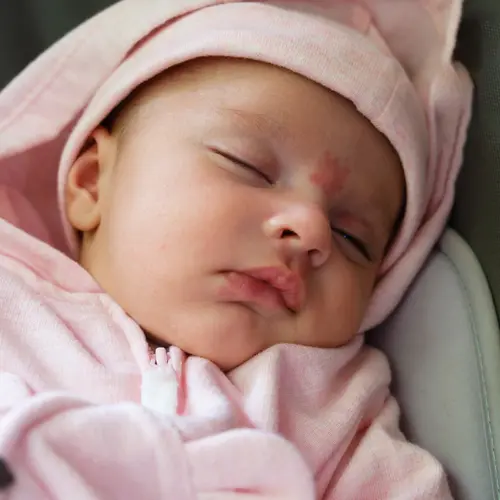Hidradenitis suppurativa (HS) is a rare condition that causes painful red bumps to form on or under your skin. The bumps can break open and ooze fluid.
It can be hard to diagnose, because red bumps can also be a sign of pimples or other common skin problems. And the symptoms of HS can change. Your skin can go from clear to a severe breakout in just a few days.
Although there’s a good chance that it’s not HS, you should see a doctor to find out, because if you do have it, you need treatment to stop it from getting worse. Otherwise, it could leave scars on your skin and cause serious infections.
These skin diseases can look like hidradenitis suppurativa:
Acne
It’s easy to confuse HS with acne, because the bumps look a lot alike in both conditions.
You're much more likely to have pimples. About 85 out of every 100 teens and young adults get acne. In comparison, less than 1 out of 100 get HS.
Acne starts when pores and hair follicles become clogged up with oil, dead skin cells, dirt, and bacteria. Hidradenitis suppurativa starts when a protein called keratin and other substances build up in the hair follicle and plug it up. It can cause a bacterial infection.
One way to tell the difference is by where the breakouts are. Acne usually forms on the:
- Face
- Neck
- Back
- Chest
- Shoulders
Hidradenitis suppurativa often shows up in skin folds, such as the:
- Underarms
- Breasts
- Groin
- Buttocks
- Stomach
- Nape of the neck
- Backs of the ears
Sometimes HS can appear on your face or back. The bumps heal and then come back.
You can pop acne and release the pus. HS bumps break open on their own and release a foul-smelling liquid.
Cysts
These are small fluid-filled sacs on the skin. The fluid inside is white or yellow, and thick. It's made from broken-down keratin.
A clogged follicle or injury to the skin causes cysts to form.
Cysts can appear in some of the same places as acne, including the:
- Face
- Scalp
- Behind the Ears
- Neck
- Chest
Hidradenitis suppurativa bumps often go away, only to return. They can spread to other areas. Cysts go down, but can get re-inflamed. They don’t spread unless something else causes them.
Folliculitis and Boils
Folliculitis is an infection of the hair follicles. Bacteria or fungi get trapped in the follicles, which swell up into red or pus-topped bumps. You may also hear folliculitis called razor burn or hot tub rash.
The bumps are itchy or painful. They can break open and spread to other areas of your skin.
HS can also look like boils, which are a painful red or pus-filled bump. Boils often form on parts of the skin where hair grows, such as on your:
- Face
- Neck
- Armpits
- Shoulders
- Buttocks
- Eyelids -- this is called a stye
HS tends to be long lasting and hard to treat, while folliculitis and boils tend to respond well to treatment with antibiotics and don’t usually come back.
Diagnosis
See a doctor if:
- The bumps on your skin hurt
- They don't go away in a few weeks
- Your skin clears up and then bumps form again
- You have breakouts on many parts of your body
Your doctor will first ask about your symptoms and look at the affected areas of skin.
Three signs can help your doctor tell whether you have it and not another skin condition:
- Painful red bumps deep in your skin in more than one area
- The bumps are in areas where skin rubs against skin, like the underarms, groin, and buttocks.
- The bumps went away but then came back.
The doctor might remove a sample of the fluid from inside the bumps. The fluid will go to a lab and be tested for infection.

